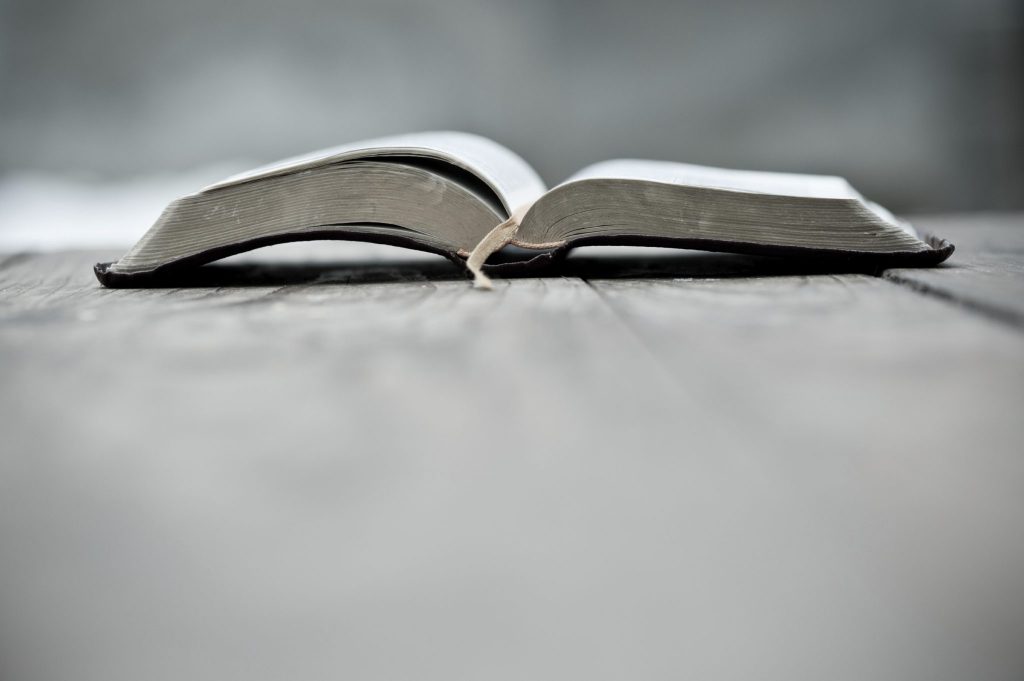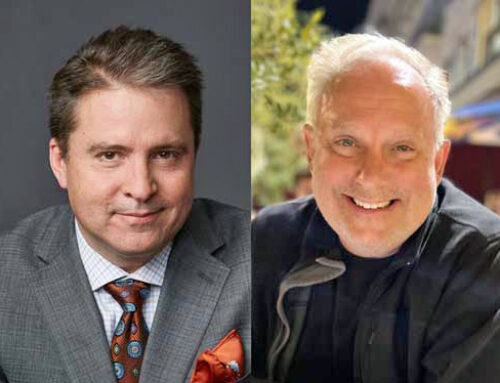Art is a treasure, the value of which is measured in spiritual currency. The loss of it leaves the human spirit bankrupt.
The recent intentional destruction of ancient art in northern Iraq by the Muslim fundamentalist group ISIS is a tragedy of biblical proportions. Their murder of innocent human beings is evil, their destruction of art barbaric.
Art is a window and a mirror: a window to see the world afresh, a mirror to see ourselves anew.
A painting, say, or a sculpture, asks us to take another look at the way things are. We don’t have to change our spectacles; the art itself poses another view of things.
Emily Dickinson described the artistic task in this memorable line: “Tell all the truth but tell it slant.”
A film, a novel, a song or a poem makes us face up to our thoughts, feelings and actions that come from places in us noble and scary both. It shines a light on us, revealing things otherwise hidden — good or bad.
Artists and their works are always endangered by regimes — whether secular or religious — that are set on absolute control. Communists exiled, persecuted and killed those who used art to undermine the socialist ideology that the artists believed strained the spirit out of human beings, reducing them to human doings.
Dictators still burn or ban books they deem threatening. And now this hyperreligious Islamic group is destroying art itself in an effort to purge history of all imagination it deems impure.
ISIS-vandals wielded sledgehammers and power drills to rid the world of beautiful artifacts in the Iraqi cities of Mosul and Nimrud that date back as far as the 13th Century BCE. Their callous fervor grows out of their tragic throwback interpretation of the Koran. The Koran, like the Bible, forbids the making of graven images and idol worship. However, even religious texts must account for historical context in interpretation.
Even mainstream Muslims avoid making art that portrays the likeness of created things, lest they fall prey to confusing the creature for the Creator. But all art is not idol making, nor is the appreciation of it idolatry. Most of us do not attribute divine status to images of bulls or bears (except on Wall Street?). However glorious is Vivaldi’s “Gloria” or sublime Michelangelo’s “Pieta,” we only worship God through them; we don’t worship them as gods.
The three great monotheistic religions — Judaism, Christianity and Islam — are word-based faiths. Some branches of Christianity are more image-friendly on the basis of the “Word-becoming-flesh” in Jesus as the Son of God. But Jewish and Islamic artists have rich histories, too, despite their scriptural cautions. And given the various learning styles that each of us possess, it would seem that the more ways to convey truth, goodness and beauty, the better.
Fundamentalists are not radicals; they are fringe figures. Fundamentalists employ violence to fragment and destroy anyone and anything that doesn’t fit their view of the world. The word radical means to be at the center or core of something.
Religious radicals hold the center and look for ways to draw many perspectives on the truth into a wide circle.
We need more not less art in the world. And we need the faithful to foster the artistic spirit, not to quench it.






